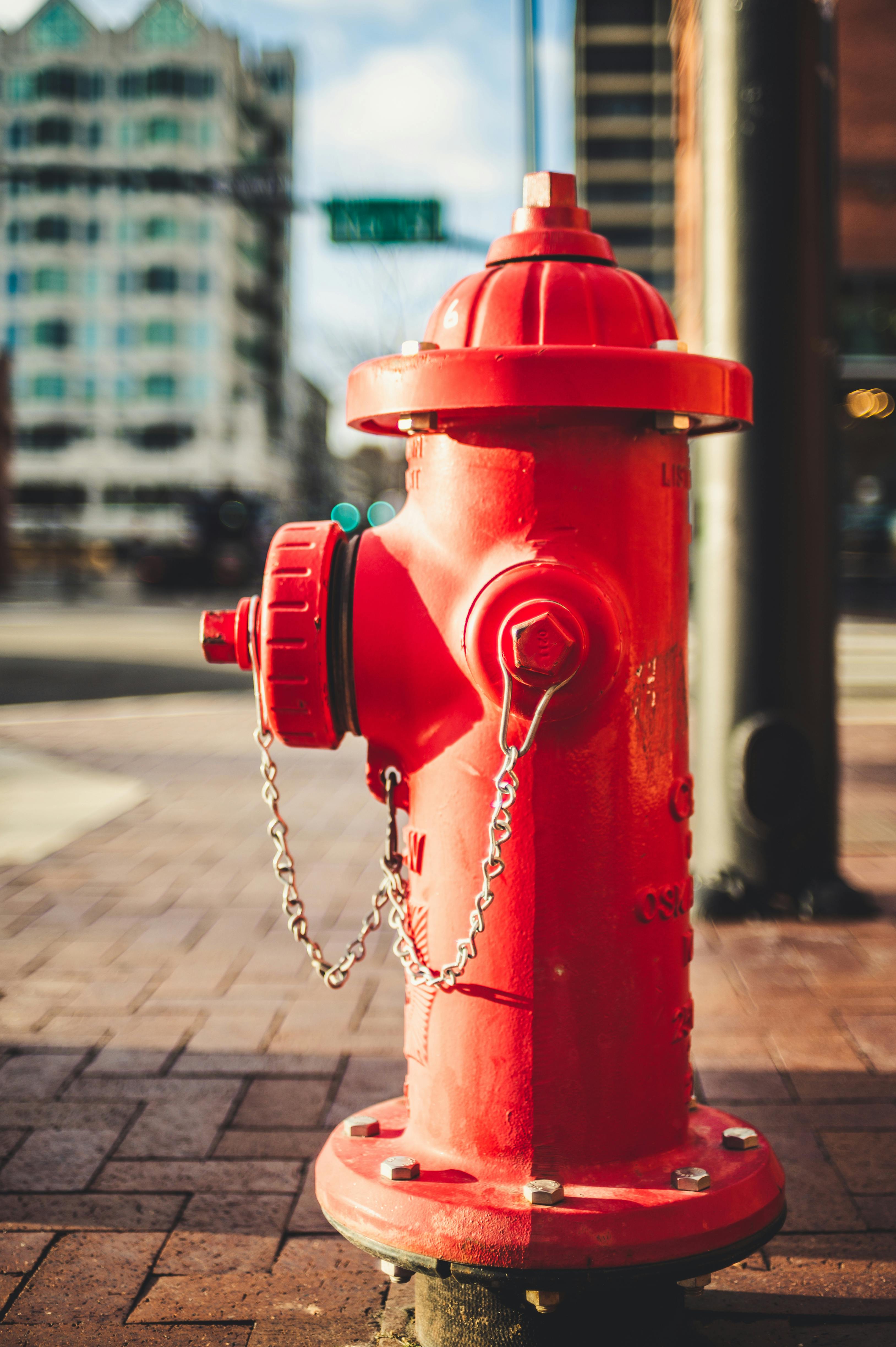
Comprehensive Guide to Fire Prevention and Safety in Your Home
In a world full of uncertainties, ensuring the safety and security of our homes is paramount. A primary concern in every household should be fire safety. According to the US Fire Administration, nearly 3,000 civilians die annually due to house fires, emphasizing the need for effective fire prevention methods. This article aims to provide essential advice on how to avoid fires in the home.
Understanding Fire Hazards at Home
To prevent fires, homeowners first need to understand possible fire hazards. Accidental fires commonly occur due to negligence in handling cooking equipment, faulty heating devices, incorrect wiring, irresponsible use of candles, smoking, and children playing with fire sources. Knowing the potential dangerous scenarios can significantly counter the risk of accidental home fires.
Accurate Installation and Maintenance of Smoke Alarms
Smoke alarms are life-saving devices that every home should be equipped with. They provide residents with an early warning, allowing plenty of time for evacuation. Smoke alarms should be installed on every level of the home, inside bedrooms and outside sleeping areas. Regular testing and maintenance are also major factors that contribute to the performance of these devices. Cohesively, these practices can greatly reduce the likelihood of serious fire accidents.
Safe Practices for Cooking and Use of Electrical Equipment
The kitchen is often the hotspot for home fires. To avert such risks, never leave your cooking unattended. When frying, use a lid to cover the pan and avoid high heat settings that might cause oil to ignite. Keep your stovetop free from any flammable items like paper, cloth, and cooking oils.
Correct use and maintenance of electrical equipment is also crucial in avoiding fires. Overloading power outlets, using damaged cords, placing wires under rugs, and improper use of extension cords are common practices that can lead to a fire. Always follow manufacturer’s instructions and never skimp on regular inspection and maintenance.
Prudent Use of Heating Equipment
Portable heaters and fireplaces can become lethal if not appropriately used or maintained. Always keep these devices away from anything that could easily catch fire like furniture, clothing, mattresses, and curtains. Don't leave heaters on when you leave the room or go to sleep. For fireplaces, regular cleaning and inspection are essential to ensure they don’t pose any danger.
Fire Safety and Children
Educating children about the potential risks and dangers of fire is an effective way to forestall accidents. Enlighten them that matches and lighters are tools, not toys. Store these items out of children’s reach and sight. Instill safe practices and create a comprehensive fire escape plan with your family.
Fire Escape Planning
Fire escape planning is an important aspect of home safety. Your plan should include two safe routes from every room, a common central point outside, and a backup plan in case the primary route is blocked. Practice your escape plan on a regular basis, so everyone knows exactly what to do if a fire does break out. Also, ensure each family member understands that once they are out, they should never re-enter a burning building.
Conclusion
Fire safety isn't something to be taken lightly. It should be an integral part of our daily routine to ensure our homes remain a safe space for us and our families. By understanding fire hazards, installing and maintaining smoke alarms, practicing safe cooking and heating methods, educating children, and creating a fire escape plan, we can significantly decrease the threat of a devastating home fire.
Our home is our sanctuary, and it is our responsibility to keep it safe from any danger, including fire. By implementing these fire prevention methods and safety tips, we take a big step towards achieving that goal.